Growing cauliflower can be challenging: it is sensitive to temperature fluctuations, requires specific soil composition, and thrives in sunlight. It’s frustrating when your efforts go to waste due to plant diseases or pest infestations. While most infections and harmful insects can be managed with timely action, some issues require special attention.
Table of contents
Diseases of Cauliflower
Cauliflower is a cultivated vegetable, not found in the wild, which makes it particularly susceptible to various diseases. The crop reacts negatively to even minor soil changes, struggles with overwatering, and is sensitive to improper care.
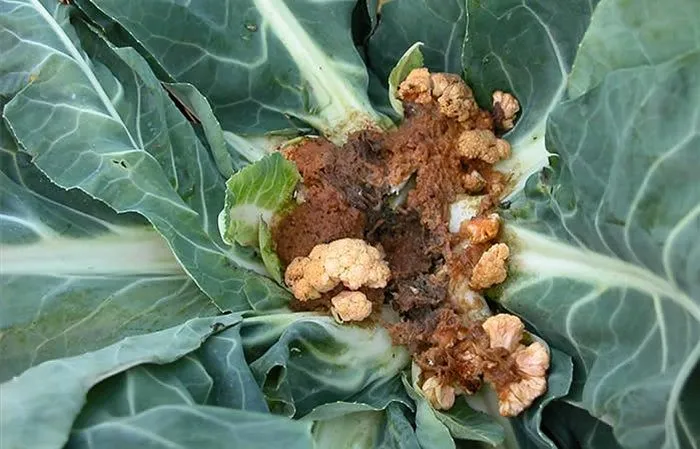
White Rot, Resembling Mold
White rot is a fungal disease that typically appears post-harvest due to improper storage conditions, especially when humidity exceeds 80%. It can be hard to detect. The florets develop white, web-like formations with occasional black dots, resembling mold, while the stems and leaves become covered in slimy secretions.
Prevention and control measures:
- Apply lime to the soil before planting;
- Spray plants with copper-based fungicides during growth;
- Disinfect storage areas with a potassium permanganate solution;
- Inspect vegetables thoroughly before storage and discard infected ones;
- Maintain recommended humidity (below 80%) and temperature (around +1°C).
Consuming infected cauliflower is unsafe. Affected heads should be discarded immediately.
Gray Mold
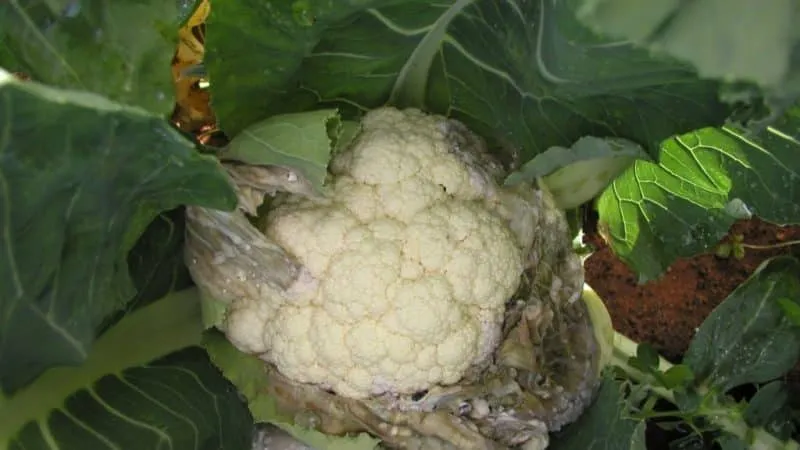
This disease becomes noticeable during storage. Gray spots appear on the florets, followed by rotting, mucus formation, and a cotton-like fuzz.
Preventive measures:
- Disinfect storage areas and containers with potassium permanganate;
- Maintain a stable temperature (around +1°C).
Cold, damp weather encourages gray mold development.
Clubroot
One of the most dangerous cauliflower diseases, caused by a microscopic fungus that attacks the roots. Nodules form on the roots, disrupting nutrient absorption, stunting growth, and eventually killing the plant.
Control methods:
- Remove infected plants completely;
- Treat soil with fungicides or Bordeaux mixture;
- Weed regularly.
If soil is contaminated, avoid planting cauliflower for at least 5 years.
Mosaic Virus
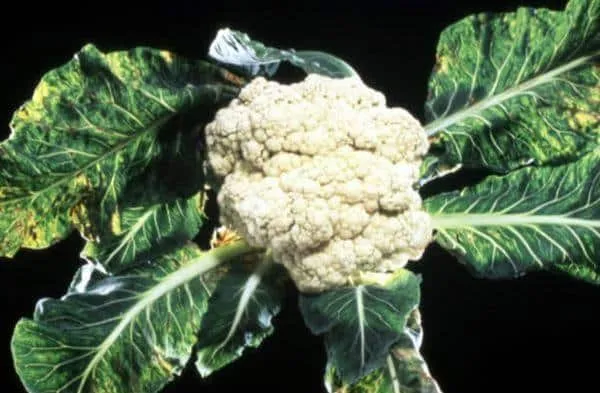
Spread via aphids, this virus causes stunted growth, yellowing stems, and spotted, wilting leaves.
Prevention steps:
- Soak seeds in hot water (+50°C) for 20 minutes before planting;
- Keep seedlings at temperatures below +20°C;
- Remove and destroy infected plants carefully;
- Maintain proper humidity and temperature;
- Weed consistently.
Excessive nitrogen fertilizers increase susceptibility.
Soft and Vascular Bacteriosis
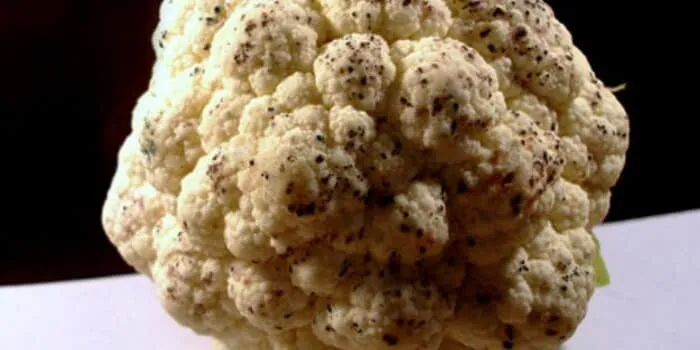
Soft bacteriosis causes rotting florets, black spots, and foul odor. Vascular bacteriosis affects all growth stages, leading to yellowing leaves with blackened veins.
Note. Bacteria spread via flies, slugs, and rain; they survive in plant debris and seeds for up to 3 years.
Preventive measures:
- Treat infected areas with 0.4% colloidal sulfur;
- Rotate crops (wait 3 years before replanting cauliflower);
- Soak seeds in a Pseudomonas fluorescens-based biofungicide.
Warm, humid autumns favor bacterial growth.
Fusarium Wilt
This incurable fungal disease causes yellowing leaves with brown spots, leading to defoliation.
Prevention:
- Destroy infected plants;
- Treat soil with copper sulfate;
- Follow crop rotation rules.
Spores survive in soil for up to 11 years; hot, dry weather triggers outbreaks.
Blackleg
This disease threatens seedlings, causing blackened, thinning stems. It also affects tomatoes, peppers, and lettuce.
Control methods:
- Apply fungicides;
- Soak seeds in potassium permanganate;
- Avoid overcrowding;
- Lime acidic soils.
Overwatering and poor ventilation increase risks.
Downy Mildew
White powdery spots and yellow lesions appear on leaves, stunting growth.
Solutions:
- Remove plant debris post-harvest;
- Dig soil deeply;
- Treat seeds with hot/cold water baths;
- Spray infected plants with sulfur;
- Destroy severely affected crops.
Uninfected florets remain edible.
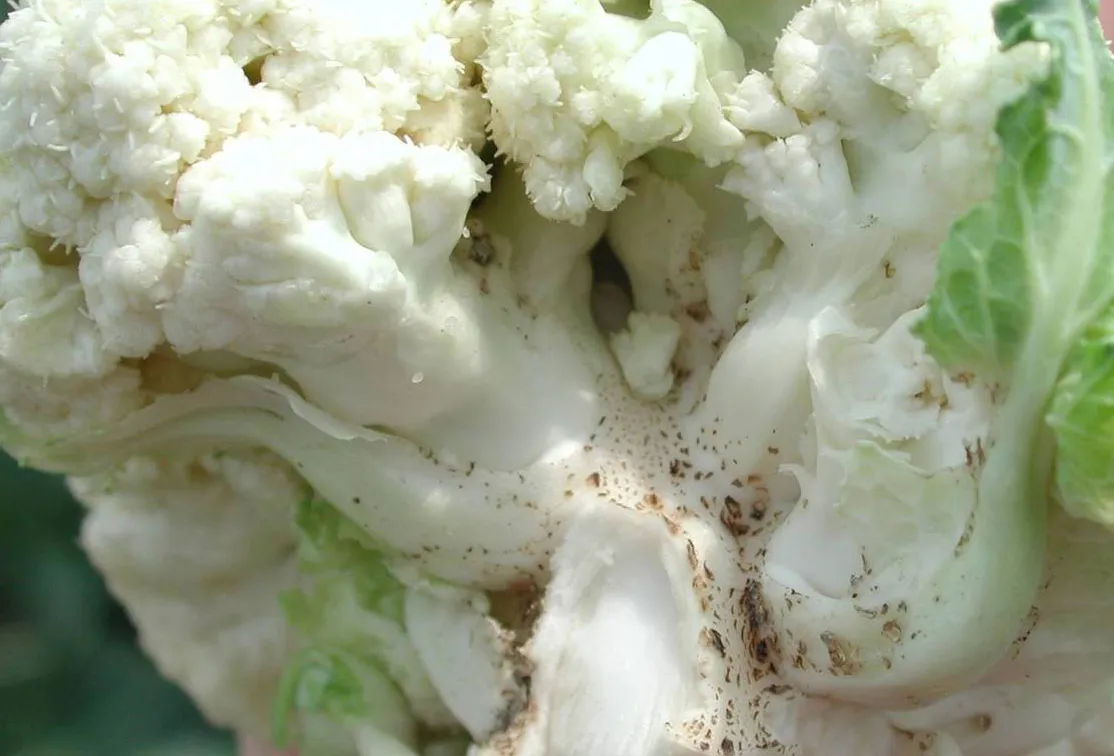
Cauliflower Pests
Beyond diseases, pests pose significant threats. Some go unnoticed until severe damage occurs.
Cabbage Aphids
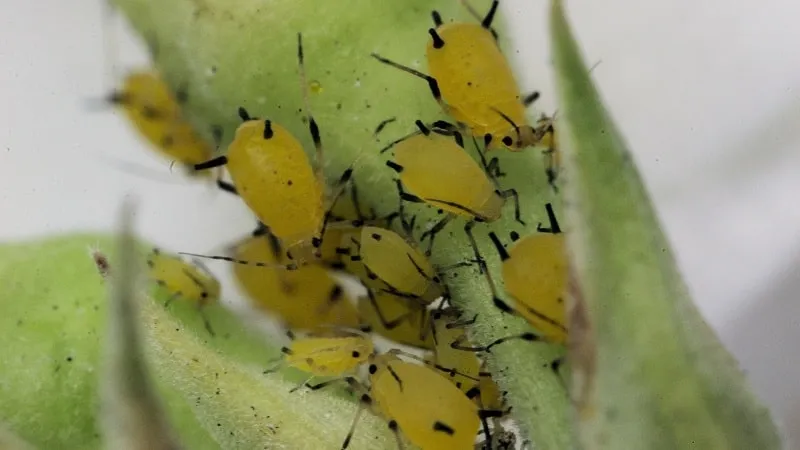
These rapidly multiplying insects drain plant sap, causing pinkish, curled leaves.
Control:
- Apply soapy water sprays;
- Use pyrethrin-based insecticides;
- Clear weeds;
- Dig soil before planting.
Caterpillars
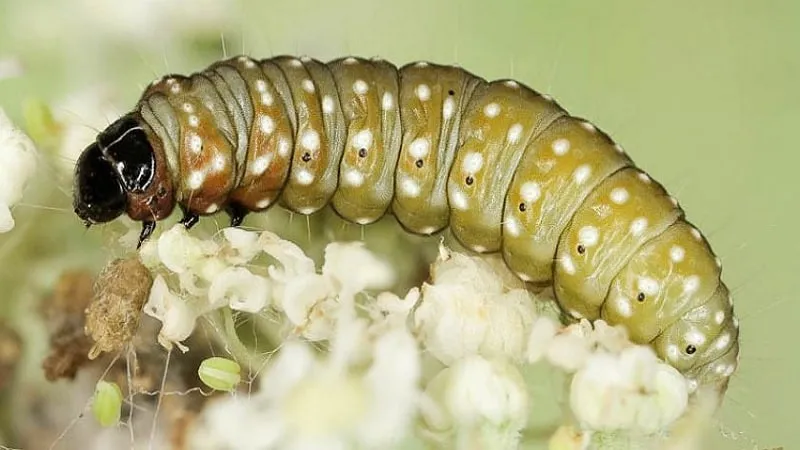
Larvae of cabbage whites or moths devour leaves and florets.
Management:
- Inspect plants regularly;
- Handpick eggs and larvae;
- Use Bacillus thuringiensis sprays.
Cabbage Root Flies
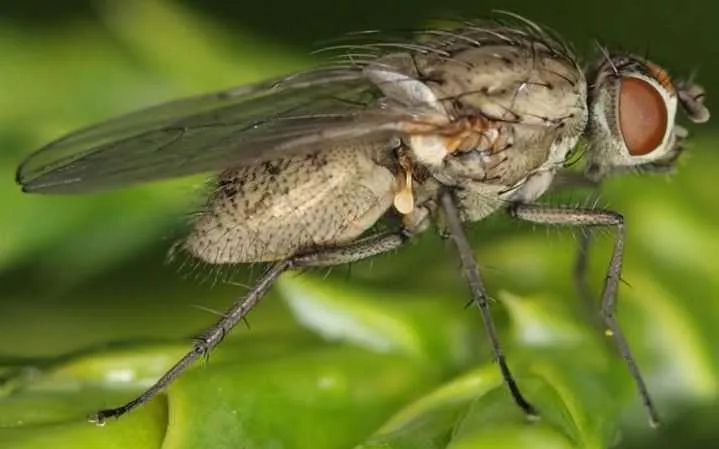
Larvae burrow into stems and roots, killing plants.
Solutions:
- Dig soil frequently;
- Hill plants monthly;
- Dust with wood ash;
- Apply spinosad-based insecticides.
Flea Beetles
These tiny black beetles chew holes in leaves, devastating seedlings.
Prevention:
- Turn soil regularly;
- Remove weeds;
- Use shade cloth in heat;
- Plant repellent species (garlic, marigolds, dill).
Slugs
Though common, slugs cause minor damage, mostly to lower leaves.
Important! Handpick slugs and avoid overwatering.
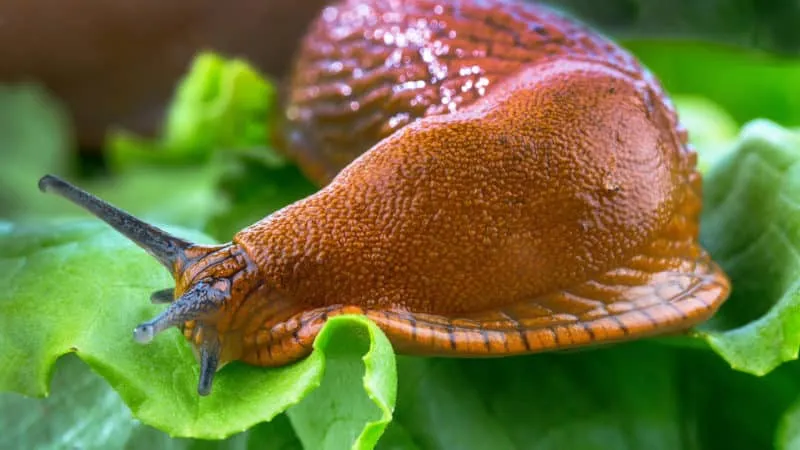
Conclusion
Prevention is key, as treating cauliflower diseases and pests is difficult. Chemical use isn’t always necessary — cultural practices and organic methods often suffice. Always disinfect growing areas post-harvest.







